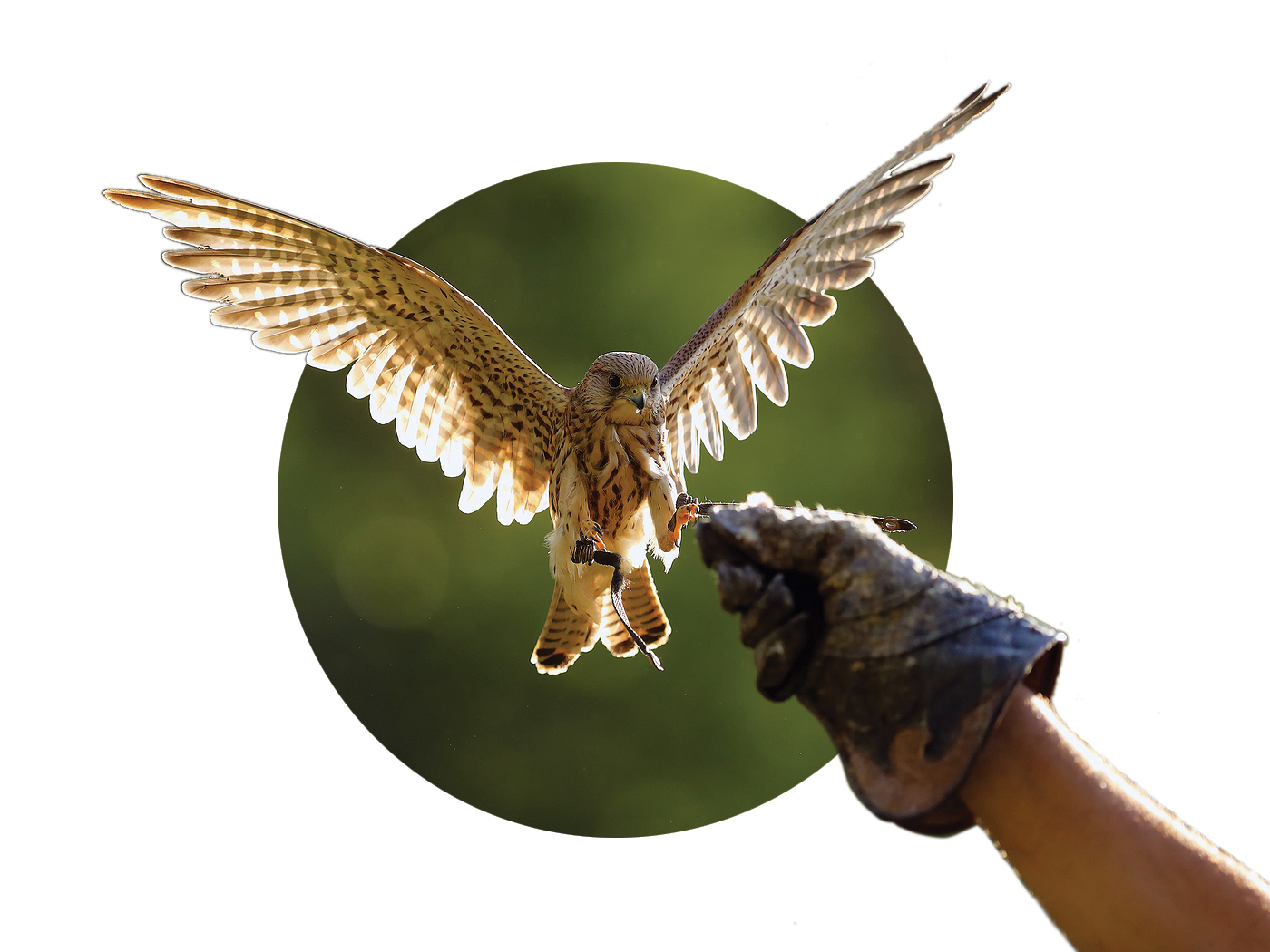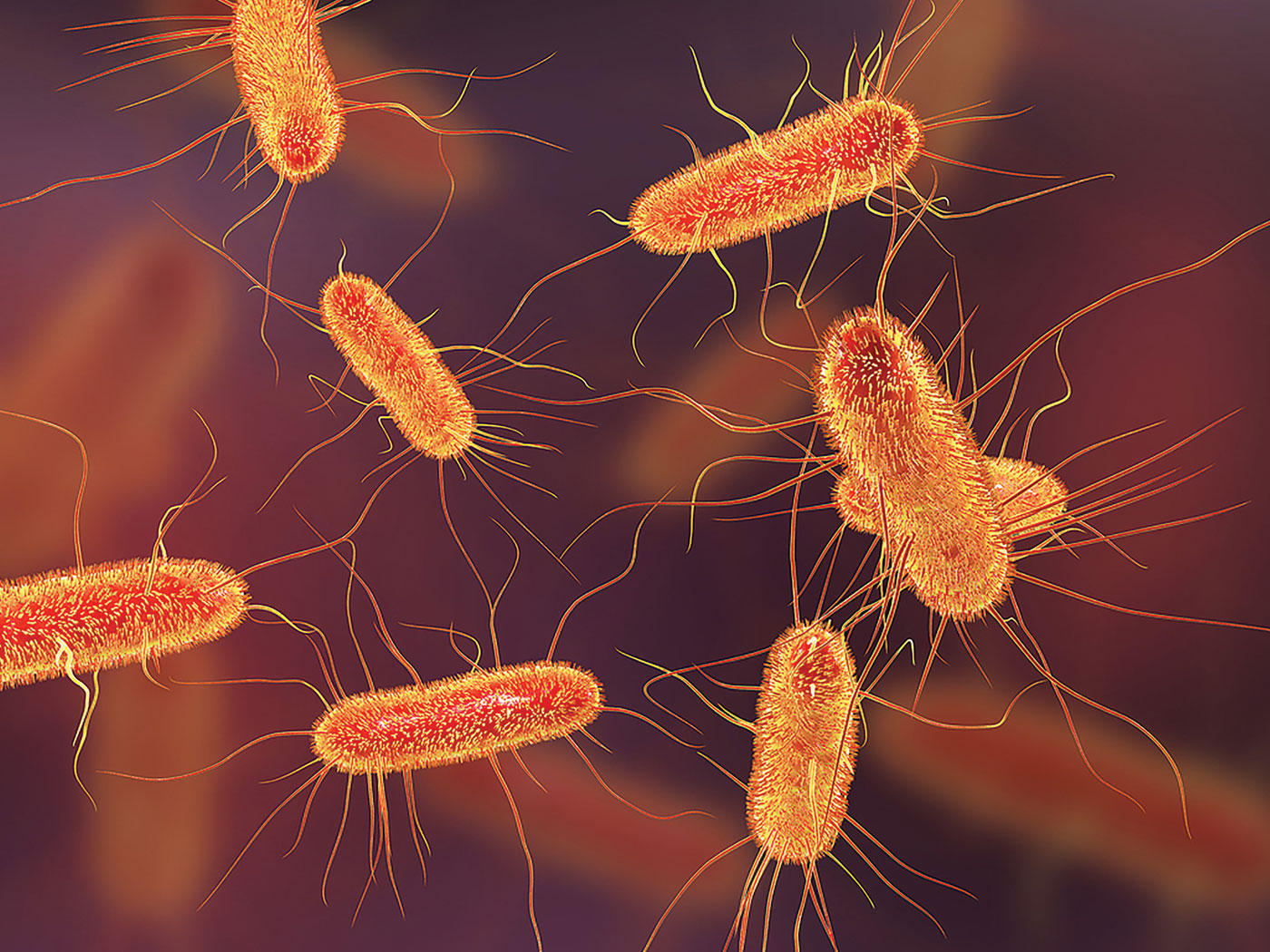How much time would evolution need in order to make a mouse the size of an elephant?
Since this kind of evolution supposedly occurs too slowly for biologists to observe, one place to look for answers is in the fossil record. But in order to answer this particular research question, a team of evolutionary biologists made some large assumptions.
The group published what amounts to a circularly-reasoned argument in a peer-reviewed journal.1 They estimated the maximum rate of evolution to achieve the most extreme change in mammal sizes. To do this, however, they had to first assume that small changes in size that are observed today had no limits in the past. In other words, they assumed that a mouse could turn into an elephant given enough time.
The study authors wrote, "Achieving such a large transformation calls for major biological reorganization,"1 a task that they assumed was no problem for nature. But in real life, reorganization never occurs by accident, and it always results from personal intent.
And how did the biologists calculate the evolutionary time required for their formulae? In supplementary information provided in their Proceedings of the National Academy of Sciences paper, they wrote, "The number of generations or biological time tg experienced by a lineage or population is equal to the chronological time t experienced divided by generation time: tg = t / G."2
So, they calculated the number of generations by dividing chronological (historical) time by the time between generations. And from where did they obtain this chronological time? From the evolutionary age assignments attached to fossils! Their report referred to mammals known from fossils "70 million years ago."1
According to a Monash University press release reporting on these findings, "scientists have for the first time measured how fast large-scale evolution can occur in mammals, showing it takes 24 million generations for a mouse-sized animal to evolve to the size of an elephant."3
But of course they would say a mouse requires 24 million generations to turn into an elephant, since that’s how many generations fit into the supposed millions of years between smaller mammals found in lower strata and larger mammals in higher strata. But if the distribution of mammals in various strata resulted from the waters of Noah’s Flood inundating successive niches, then the age assignments are wrong, along with studies that assume them.
So, scientists did not directly "measure" evolution. How could they, without a time machine? Instead, they used circular reasoning by assuming that evolution can overcome any biomechanical obstacle, and by assuming the very timescales that they "measured."
References
- Evans, A. R. et al. The maximum rate of mammal evolution. Proceedings of the National Academy of Sciences. Published online before print January 30, 2012.
- Ibid, Supporting Information.
- Mouse to elephant? Just wait 24 million generations. Monash University press release, January 31, 2012.
* Mr. Thomas is Science Writer at the Institute for Creation Research.
Article posted on March 16, 2012.







